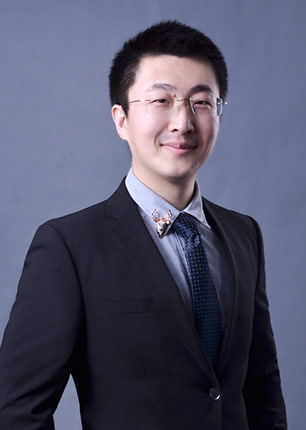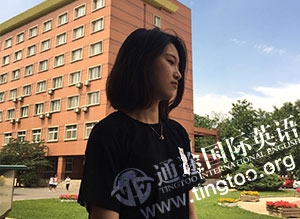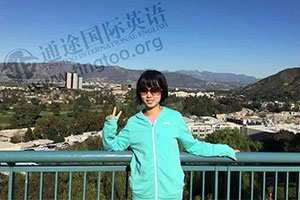托福閱讀分類(lèi)題分析
發(fā)布時(shí)間:2017-04-26 23:00:00 關(guān)注量:6042次
托福閱讀題型當(dāng)中,分類(lèi)題一道,,而且是出現(xiàn)在最后一道,。考查學(xué)生對(duì)文章細(xì)節(jié)的記憶,,題目不難,并且有前13道題的鋪墊,,對(duì)于選項(xiàng)中模糊的可以回原文重新確認(rèn)即可,。
ANIMALS AND PLANTS
We can distinguish animals from plants by looking at their contrasting modes of nutrition. Unlike plants,animals cannot manufacture their own food.Animals cannot construct organic molecules from inorganic chemicalsto plants can during photosynthesis. Animals must take pre-formed organic molecules into their bodies.
Most animals do this by ingestion—that is, by eating other organisms or organic material. Animals store their food reserves as glycogen,whereas plants store their food as starch.
Animal cells lack the cell wallsthatcharacterizeplant cells, and animal cells have unique types of junctions between them. In most animals, cells are successively organized into tissues, organs, and organ systems. Animals havetwo types of tissues that plants do not have. The first is nervous tissue, for the conduction of electrical impulses, and the other is muscle tissue, for movement.Nerves and muscles, which control active behavior, are unique to animals.
Animallife began in the Precambrian seas with theevolution of multi-cellular forms that lived by eating other organisms. This new way of life ted to an evolutionary explosion of diverse forms. Early animals populated the seas, fresh water, and eventually the land. The diversity of animal life on Earth today is the result of over half a billion years of evolution from those first ancestors that consumed other life forms.
Q: Select the appropriate sentences from the answer choices and match them to the form of life that they describe. TWO of the answer choices will NOT be used.
Plants
| F |
| H |
| I |
Animals
| A |
| B |
| D |
| E |
A. They are not able to manufacture their own food.
B. They construct organic molecules from inorganic chemicals.
C. They have the ability to survive on another planet.
D. Nerves and muscles control their active behavior.
E. They evolved from multi-cellular forms that ate other organisms.
F. They store their food reserves as starch.
G. They have evolved very little over one billion years.
H. They have neither nervous tissue nor muscle tissue.
I. Their cells do not have wall.
根據(jù)文章,動(dòng)物與植物的區(qū)分點(diǎn)很明顯,,相對(duì)應(yīng)上即可
本文由沈陽(yáng)托福培訓(xùn)通途國(guó)際英語(yǔ)的Trista老師為小伙伴們總結(jié)的,,更多精彩內(nèi)容請(qǐng)?jiān)L問(wèn)通途國(guó)際英語(yǔ)托福頻道。
本文由沈陽(yáng)托福培訓(xùn)通途國(guó)際英語(yǔ)原創(chuàng),,轉(zhuǎn)載請(qǐng)保留鏈接: http://quwanggou.net/TOEFL/yuedu/274.html













